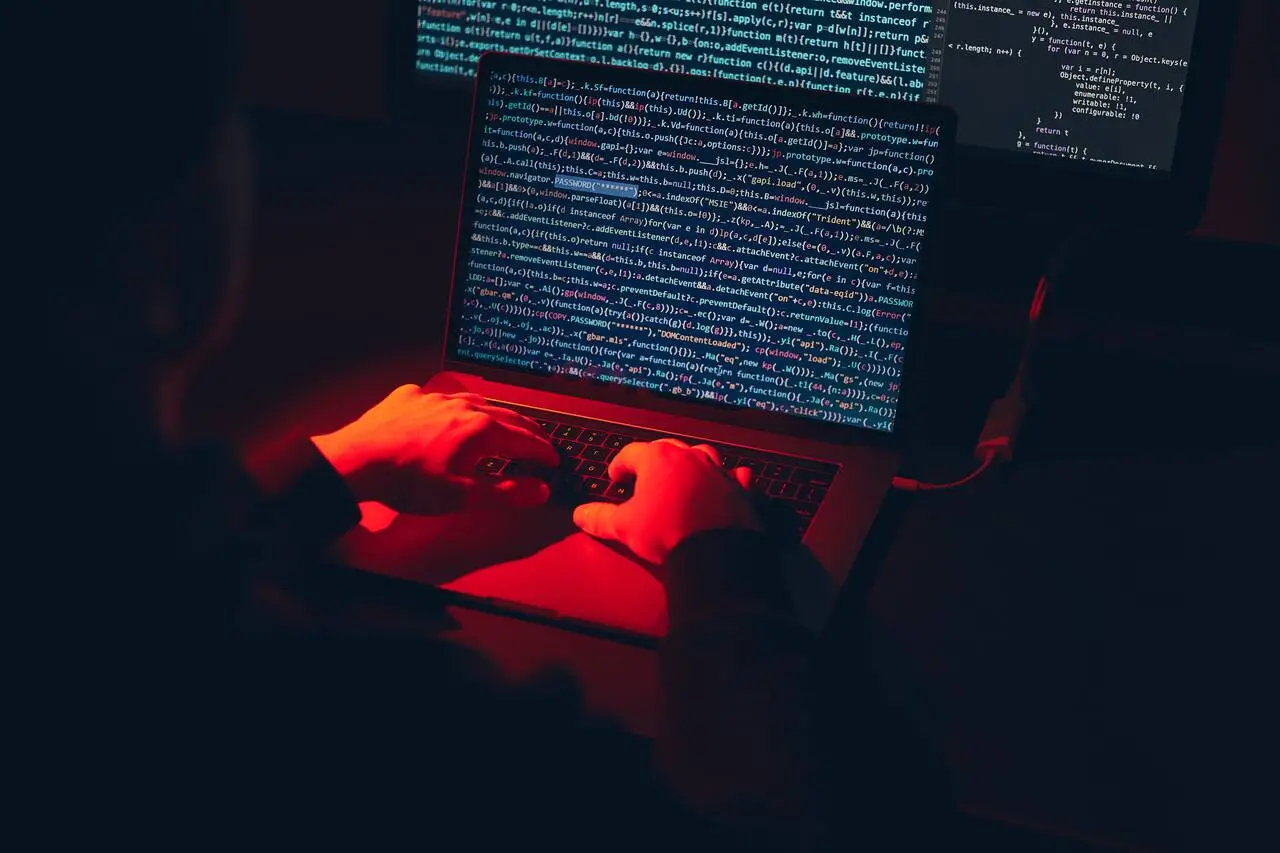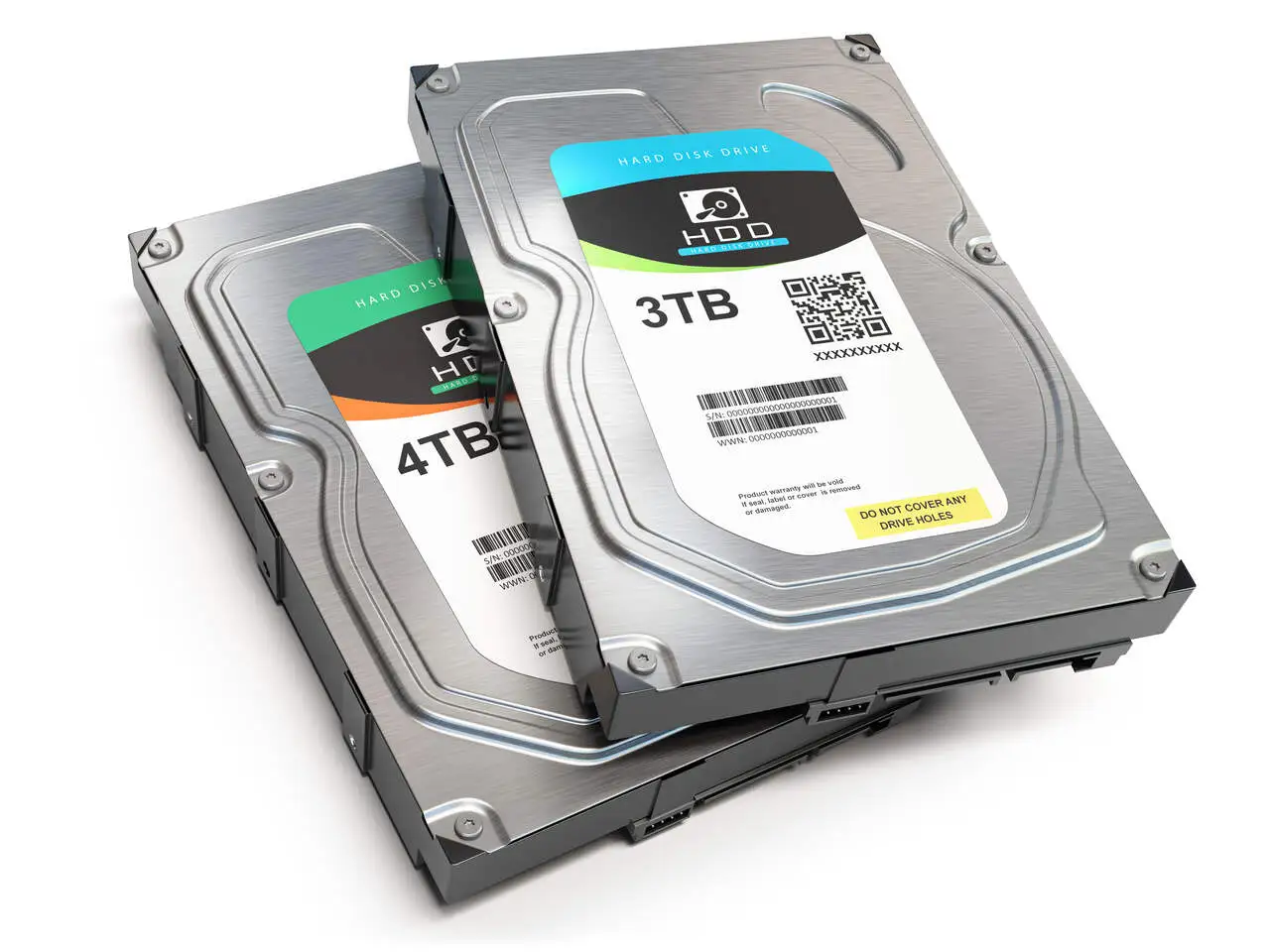Recovery of files affected by LockBit Black Ransomware
We can recover data encrypted by most ransomware extensions on any storage device
- VMware ESXi
- Microsoft Hyper-V
- Microsoft SQL Server
- Firebird
- Oracle
- VMware ESXi
- Microsoft Hyper-V
- Microsoft SQL Server
- Firebird
- Oracle

WORLDWIDE SERVICES
CASES OF LOCKBIT ATTACK
CASES OF BLACK CAT ATTACK
CASES OF HIVE LEAKS ATTACK
CASES OF MALLOX ATTACK
AMOUNT SAVED FOR NOT DEALING WITH HACKERS
Decrypt LockBit Black ransomware files
By utilising our distinctive methods, the restoration of LockBit Black encrypted files has become a feasible prospect.
When faced with such a calamitous event, the options available are limited, particularly if backups have been compromised or are not current. The count of companies that have ceased operations due to the encryption of their data has reached a staggering level.
In numerous instances, despite paying the ransom, the LockBit Black criminals do not provide the decryption key, leaving the victim without any recourse.
Digital Recovery has introduced solutions that can successfully decrypt files that have been affected by ransomware. Our track record of recovery projects is impressive and reliable.
Why Digital Recovery?
Having over 23 years of expertise, we have amassed contented clients globally. Our solutions can be operated remotely in most cases, and our support staff is proficient in multiple languages.
With the surge of LockBit Black ransomware attacks worldwide, we specialise in decrypting ransomware. We have devised a distinct solution that can be utilised for the vast majority of storage devices, Virtual Machines, RAID Systems, Storages (NAS, DAS, SAN), Databases, Servers, and many other applications.
Our experts possess exceptional qualifications and are equipped with the latest data recovery technologies, including our proprietary technology, TRACER, which has produced remarkable outcomes in decrypting LockBit Black ransomware files.
We offer an advanced diagnosis that will allow us to understand the dimension of the attack, this first diagnosis can be done in the first 24 working hours from the time we receive the samples. After this process, we provide a commercial agreement and, once accepted, we kick off the process of decrypting the files.
All our solutions are compliant with the General Data Protection Regulation (GDPR), ensuring complete security for our customers. Moreover, we offer a confidentiality agreement (NDA) written by our legal department. However, if you prefer to provide an NDA composed by your own company, we are open to reviewing and accepting it, if necessary.
We are
always online
Please fill out the form, or select your preferred contact method. We will contact you to start recovering your files.
Success stories
What our clients say about us
"We had a serious problem after a power failure of a NAS server in Raid 5. I immediately contacted DIGITAL RECOVERY. After a few days of hard work the problem was solved."

"One of our raid servers had stopped. After several attempts without solving the problem we found DIGITAL RECOVERY and 5 hours later, at 4am, the data was recovered."

"We appointed DIGITAL RECOVERY in a special case (of data loss) in a raid 5 storage. Digital Recovery was able to recover 32 million files so our customer was extremely satisfied.”

"Without a doubt the best data recovery company in Latin America. The contact Digital Recovery will always be saved on my phone, because inevitably I will need again."

"The quality of the service is excellent. The attention given to customer service is gratifying and the feedback we receive reassures us that we can trust the work and dedication."

Customer since 2017
"Great company, they saved me from a big problem! I recommend, fast service, my thanks to the Digital Recovery team for the attention and quick solution to the problem! Show!"

"Second time that I count with the agility and professionalism of the Digital Recovery team, they are very experienced and agile. I recommend to all"

"They helped me recover some data that I had thought was lost. I had a great experience with the team for their calmness, agility and transparency."










Answers from our experts
We can only retrieve LockBit Black ransomware files due to our exclusive technology, which enables us to locate and rebuild encrypted files in numerous situations. This process necessitates an understanding of the affected storage device, without which the files may become corrupted, making recovery impossible. Our specialists possess comprehensive knowledge about each of the leading storage devices, such as RAID systems, Storages (NAS, DAS, SAN), Databases, Servers, Virtual Machines, and more.
How to choose a company to decrypt my data?
Choosing a company to decrypt your data affected by LockBit Black requires careful consideration and research. Here are some tips to help you make an informed decision:
- Look for a reputable company: Choose a company that has a good reputation for data recovery and decryption services. Read online reviews and testimonials to get an idea of their quality of service.
- Check for certifications: Make sure the company you choose is certified in data recovery and decryption. This will give you confidence in their ability to handle your data securely.
- Consider the cost: Decryption services can be expensive, so it’s important to compare prices between different companies. However, don’t make cost your only deciding factor as the cheapest option may not always be the best.
- Look for experience: Choose a company that has experience in decrypting data similar to yours. This will increase the likelihood of a successful decryption.
- Ask about their data security measures: Make sure the company has strong data security measures in place to protect your sensitive data.
By following these tips, you can choose Digital Recovery as the company to decrypt your data and recover your important files.
How much does the process to decrypt LockBit Black ransomware cost?
Determining the price of the LockBit Black ransomware recovery process before the initial diagnosis is not feasible. Only after analysing the extent of the damage caused by the ransomware and evaluating the possibility of decryption can the cost of the recovery process be determined.
Following the initial diagnosis, we provide a commercial proposal for the recovery process, which is only initiated after the proposal has been accepted. In most cases, payment is made only after the customer has validated the recovered files through a remote session.
This ensures that our customers are fully satisfied with the results of the recovery process before making any payment, thereby providing peace of mind and a high level of customer satisfaction.
Is negotiating with LockBit Black hackers a good option?
Criminals count on the victim contacting them in the first few hours after the attack, so they use threats expressed in the ransom terms, in this first contact the victim will be under strong stress and may give in more quickly to the criminals’ whims.
We recommend that the victim should not contact the LockBit Black group, but contact professionals in this field, so that, accompanied by an expert, they can analyse the data and verify the possibilities of recovery.
Latest insights from our experts

Data Loss, a Real and Present Risk!
Data loss is a critical problem that affects individuals, companies and organisations of all sizes, and can result in devastating consequences, from the loss of

What is a zero-day attack?
A zero-day attack is a type of cyber threat that exploits a software vulnerability unknown to the developers or manufacturers of the software in question.

Best HD brands
When talking about the best hard drive brands, it’s important to consider various aspects such as reliability, performance, storage capacity and value for money. These
What you need to know
How to prevent a LockBit Black ransomware attack?
LockBit Black Ransomware attacks are becoming increasingly common and can have devastating effects on businesses and individuals alike. Here are some steps you can take to help prevent a ransomware attack:
- Keep your software up to date: Make sure your operating system, web browser, and other software are all up to date with the latest security patches. Many ransomware attacks exploit vulnerabilities in older software versions.
- Use strong passwords: Use long, complex passwords and two-factor authentication to protect your accounts from unauthorised access. Avoid using the same password for multiple accounts.
- Be cautious of suspicious emails: Phishing emails are a common way for ransomware to infiltrate systems. Be wary of emails from unknown senders or emails that contain unexpected attachments or links.
- Back up your data: Regularly back up your important files to an external hard drive or cloud storage service. This can help you restore your data in case of a ransomware attack.
- Install antivirus software: Install reputable antivirus software on your computer and keep it up to date. Antivirus software can detect and prevent many types of malware, including ransomware.
- Limit access to sensitive information: Limit access to sensitive information only to those who need it. This can help reduce the risk of accidental exposure or intentional theft.
- Train employees: Educate your employees about ransomware and how to avoid it. Teach them to be cautious of suspicious emails and to report any potential security threats to IT.
By following these steps, you can help reduce the risk of a LockBit Black ransomware attack and protect your data and systems.
What is the most common means of access used by LockBit Black hackers to break into environments?
There are several strategies employed by criminals, the main ones are: downloads of infected files, malicious links, attacks via RDP, Phishing, spam email campaigns, and more.
All of them have the same intention, to access the victim’s system without the victim’s awareness. To do so, the LockBit Black ransomware camouflages itself in the system so as not to be detected by defence systems.
In the tactics that depend on the action of a user, phishing tactics are applied so that the victim, without realising it, downloads the LockBit Black ransomware into the system.
Is there any behaviour of my server that I can analyse to know if I am being attacked by LockBit Black Ransomware?
Yes, there are several behaviours of your server that you can analyse to determine if you are being attacked by LockBit Black ransomware:
- High resource usage: If your server’s processing, memory, and disk usage are significantly higher than usual, it could indicate that ransomware is actively encrypting files or exfiltrating data.
- Changes in file extensions: LockBit Black Ransomware often renames files with a new extension, such as .encrypted or .locked. If you notice such changes, it may be a sign that your server has been attacked.
- Unusual network traffic: LockBit Black Ransomware needs to communicate with its command and control (C&C) server to receive instructions and report back on its progress. Analysing network traffic for unusual connections or data transfers can help you identify potential ransomware activity.
- Suspicious login attempts: LockBit Black Ransomware attackers often gain access to a server through phishing emails or brute force attacks on weak passwords. Monitoring your server’s login attempts and blocking suspicious activity can help prevent ransomware attacks.
- Unusual system modifications: LockBit Black Ransomware may make modifications to your server’s operating system or file system to carry out its attack. Keep an eye out for any changes to system files, registry entries, or other critical components.
By analysing these behaviours, you can potentially detect and prevent a LockBit Black ransomware attack on your server. It’s important to stay vigilant and implement security measures to protect against ransomware and other cyber threats.
What happens if I don't pay the LockBit Black ransom?
The data will remain encrypted, it will be necessary for the affected machine to be formatted. By doing so all stored data will be lost.
But in cases where the LockBit Black group uses the double extortion tactic of copying and extracting all files and encrypting the original data, the stolen files will be posted on the group’s website or Dark Web forums and all original data will remain encrypted on the affected device, requiring the device to be formatted.



